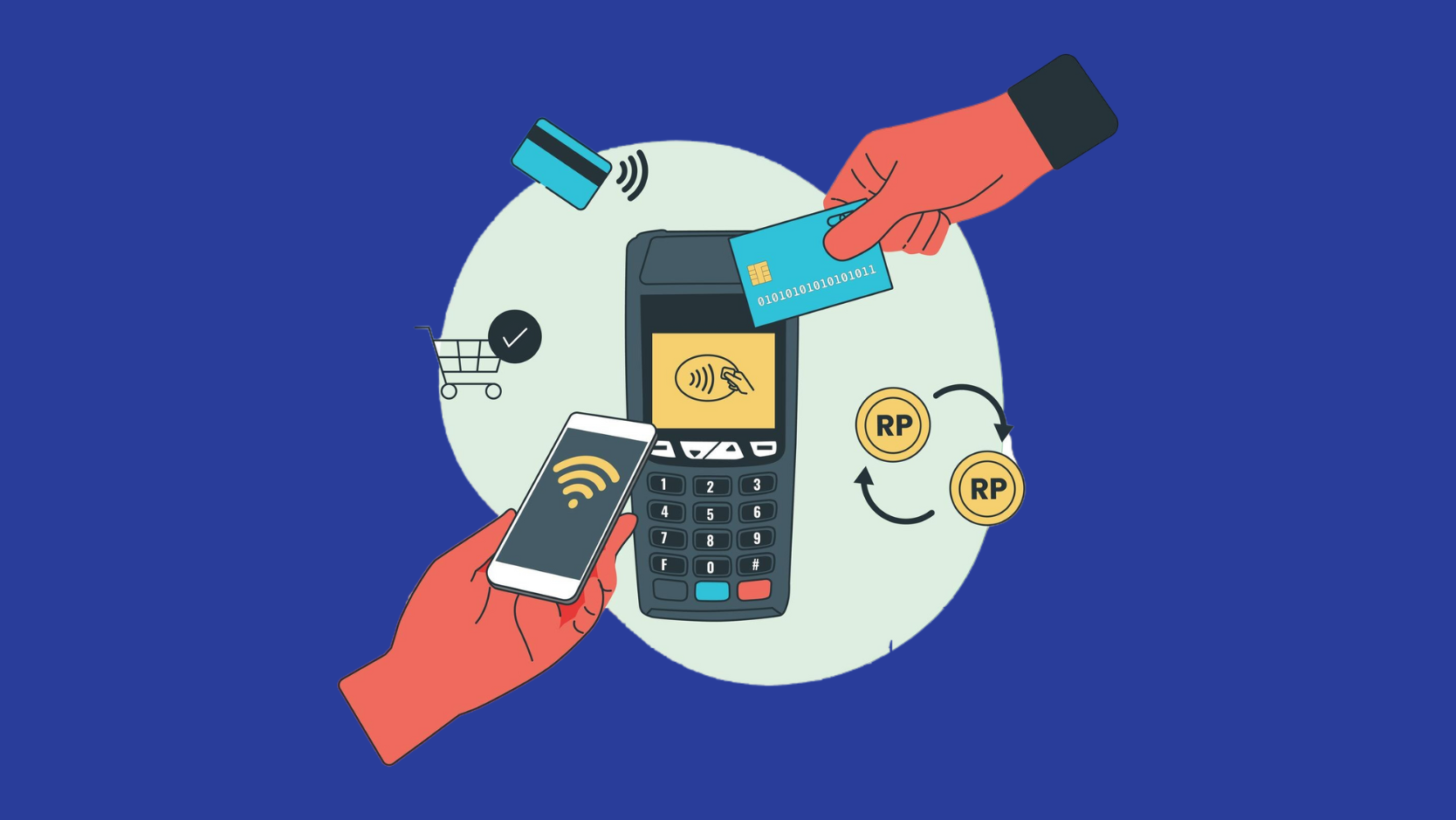
In today’s digital age, cashless payments have become increasingly popular and are transforming the way businesses operate. According to a report by PwC’s 2025 & Beyond: Navigating the Payments Matrix, Global cashless payment volumes are set to increase by more than 80% from 2020 to 2025, and to almost triple by 2030.
With the rise of mobile wallets, contactless payments, and online transactions, consumers are expecting convenient and secure payment options. Implementing cashless payments in your business can enhance customer experience, streamline operations, and boost sales.
If you’re considering transitioning to a cashless payment system, this article suggests some key steps to help you successfully implement it.
But first, let us understand the difference between contactless and cashless payments.
Are Contactless Payments the Same as Cashless Payments?
Contactless payments and cashless payments are related but not exactly the same. While they both involve electronic transactions and the absence of physical cash, there are some distinctions between the two.
Cashless payments refer to any transaction that does not involve physical currency. It encompasses a broad range of electronic payment methods, including but not limited to contactless payments. Cashless payments can be made through various channels such as mobile wallets, debit or credit cards, online transfers, electronic funds transfers (EFT), and even cryptocurrencies. It essentially means that customers can pay for goods and services using digital forms of payment rather than traditional cash.
On the other hand, Contactless payments are a specific type of cashless payment method that utilizes near-field communication (NFC) technology. This technology allows the transfer of payment information between a customer’s payment device (such as a smartphone, smartwatch, or contactless card) and a merchant’s payment terminal by simply holding the device near the terminal. Contactless payments eliminate the need for physical contact or the insertion of cards into a machine, making transactions faster and more convenient.
While contactless payments are a popular form of cashless payment, not all cashless payments are contactless. For example, online transfers or payments made through mobile wallets without physical contact are considered cashless payments but not specifically contactless. Similarly, traditional card payments that require inserting or swiping a card are cashless but not contactless.
Cashless Payments Today
There are several types of cashless payment methods available today. Here are some common ones:
- Debit and Credit Cards
- Contactless Cards (tap-and-go cards
- Mobile Wallets
- QR Code Payments
- Online Payment Gateways
- Bank Transfers
- Peer-to-Peer (P2P) Payment Apps
- Cryptocurrencies
- Prepaid Cards
- Biometric Payment
- Buy Now, Pay Later
It’s important to note that the availability and popularity of these cashless payment methods may vary depending on the region and the specific merchant infrastructure.
Steps to implement Cashless Payments
Here are some steps that you need to take to implement Cashless Payments in your business :
1.Understand Your Business Needs
Before implementing cashless payments, take the time to evaluate your business requirements. Consider the nature of your products or services, customer preferences, and the existing payment infrastructure. Assessing your needs will help you determine the most suitable cashless payment options and the necessary technological upgrades.
2.Research Cashless Payment Solutions
There are various cashless payment solutions available in the market, ranging from mobile wallets like Apple Pay and Google Pay to card-based systems and online payment gateways. Research and compare different options to identify the ones that align with your business needs. Look for features such as ease of use, security, compatibility with existing systems, and transaction fees. It’s also essential to consider the payment preferences of your target customers to ensure you’re offering the most convenient options.
3.Upgrade Your Payment Infrastructure
To enable cashless payments, you’ll need to upgrade your payment infrastructure. This may involve installing point-of-sale (POS) systems that are compatible with contactless payments, such as NFC (Near Field Communication) technology. If you have an online presence, you’ll need to integrate payment gateways into your website or app. Collaborate with a reputable payment service provider or consult with a technology expert to ensure a smooth and secure transition.
4.Train Your Staff
Implementing cashless payments successfully requires educating and training your staff. They should be familiar with the new payment processes, including how to operate POS systems, handle mobile wallets, and troubleshoot any issues that may arise. Conduct training sessions or provide comprehensive guides and resources to ensure your employees feel confident and capable of assisting customers during the payment process.
5.Communicate the Change to Customers
Informing your customers about the transition to cashless payments is crucial for a smooth adoption process. Utilize various communication channels such as social media, email newsletters, website banners, and in-store signage to spread the word. Highlight the benefits of cashless payments, such as increased convenience, enhanced security, and faster transactions. Address any concerns or questions your customers may have to alleviate any potential resistance to the change.
6.Ensure Security and Compliance
Security is a top priority when it comes to cashless payments. Implement robust security measures to protect sensitive customer information and transactions. Use encryption technologies, adhere to industry security standards, and regularly update your systems to safeguard against potential threats. Additionally, ensure your business complies with relevant data protection and privacy regulations to build trust and maintain customer confidence.
7.Monitor and Adapt
Once cashless payments are implemented, continuously monitor and evaluate their performance. Track transaction volumes, customer feedback, and any technical issues that may arise. Stay updated on emerging payment trends and technologies to ensure your business remains relevant and adaptable. Regularly review and optimize your payment processes to provide the best possible customer experience and maximize the benefits of going cashless.
Wrapping Up
By implementing cashless payments in your business, you can streamline operations, improve customer satisfaction, and stay ahead of the competition. Remember to thoroughly research your options, upgrade your payment infrastructure, educate your staff, communicate with your customers, and prioritize security. With careful planning and execution, cashless payments can revolutionize your business and drive its success in the digital era.

